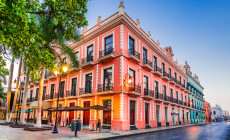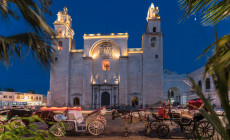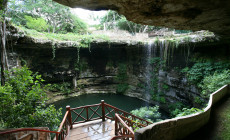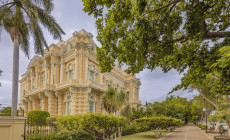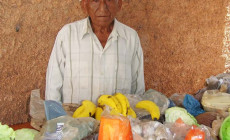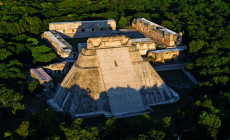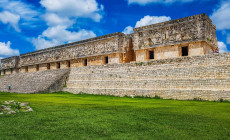-
Latin America
Latin America
- Countries (hidden space)
- Galapagos & Ecuador
- Guatemala
- Mexico
- Panama
- Peru
- Popular Attractions
- Machu Picchu
- Inca Trail
- Easter Island
- Galapagos Islands
- Patagonia
- Rio de Janeiro
- Iguazu Falls
-
Africa
Africa
- Spacer Africa
- South Africa
- Zimbabwe
- Popular Attractions
- Cape Town
- Okavango Delta
- Sossusvlei Dunes
- Victoria Falls
- The Kruger
- The Garden Route
- Masai Mara
-
Asia & Middle East
Asia & Middle East
- Asia
- Borneo (Malaysia)
- Cambodia
- India
- Japan
- Middle East
- Jordan
- Spacer Asia
- Laos
- Sri Lanka
- Uzbekistan
- Vietnam
- Popular Attractions
- Taj Mahal
- Lion Rock (Sigiriya)
- Angkor Wat
- Ha Long Bay
- Kyoto
- Petra
-
Destinations
- Latin America
- Argentina
- Bolivia
- Brazil
- Chile
- Colombia
- Costa Rica
- Galapagos & Ecuador
- Guatemala
- Mexico
- Panama
- Peru
- Asia
- Borneo (Malaysia)
- Cambodia
- India
- Japan
- Laos
- Sri Lanka
- Uzbekistan
- Vietnam
- Middle East
- Jordan
- Southern & East Africa
- Botswana
- Kenya
- Namibia
- South Africa
- Zimbabwe
- Contact Us
-
About
About
Llama Travel provides high quality holidays at the lowest possible prices.
99% recommend us Lower prices - guaranteed Financially protected by ATOL
Mérida is distinguished among Mexican cities for the warmth and hospitality of its people and a peaceful, relaxed spirit. Located in the Yucatán peninsula, just a few hours from the beach hot-spots of the Riviera Maya, Mérida has a completely different feel and is proud of its prominent cultural heritage grounded in Latin music, dance and Maya ancestry.
Founded on 6 January 1542 by Spaniard Francisco de Montejo, it is one of the oldest Mexican cities. When the Spanish conquistadors arrived, a large Maya city known as T’ho stood where Mérida is now situated. The Maya pyramids and temples were dismantled, and the stones used in the construction of the colonial city. Much of the colonial architecture still stands and gives a colourful, attractive aspect to the city.
In the late 1800s, Mérida became one of the richest places in the world thanks to the manufacture of the sisal fibre, which was exported internationally and used in the shipping industry for rope, sand bags and other products. For a short period, this powerful region gained autonomy from Mexico, although worker uprisings in the sisal plantations obliged local authorities to request support from Mexico’s central government.
Today, Mérida has developed into a popular tourist city, with museums, parks and a rich history to discover. It is a good base from which to visit the attractions of the Yucatán, including ex-sisal haciendas; cenotes with fresh, cool water surrounded by jungle; caves; the memorable Maya city of Uxmal; other colonial towns such as Izamal; catholic convents; and the fishing village of Celestún, which is known for its flamingo colonies and seafood restaurants.
Located 80 kilometres from Mérida, the UNESCO World Heritage Site of Uxmal is considered to be one of the most important Maya sites, along with Palenque and Chichén Itzá. As the seat of power in the region, it was one of the largest cities of the Yucatán peninsula, home to over 20,000 Maya people at its peak. Spread over 150 acres, the site comprises a number of impressive sites typical of the Puuc (meaning 'hills') region, including the Governor's Palace with its impressive long facade covered in mosaics, the 35-metre-high Pyramid of the Magician, the Nunnery Quadrangle, the House of the Turtles, the Great Pyramid and the Temple of the Doves.

